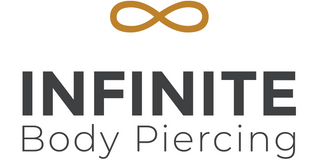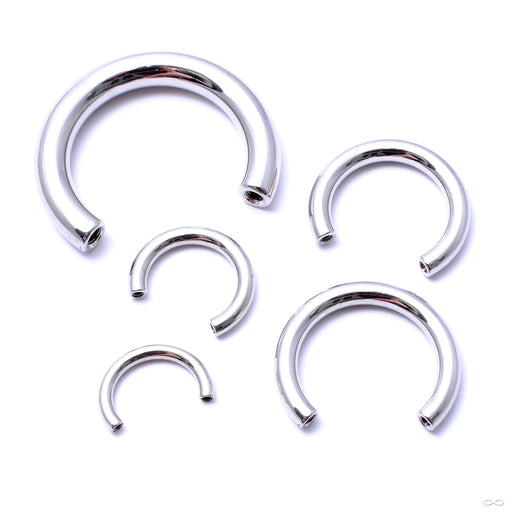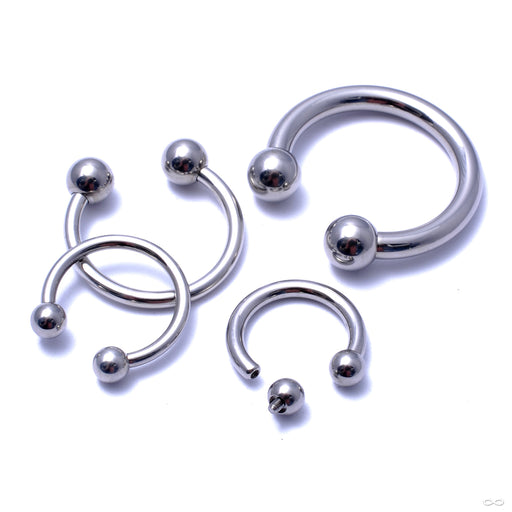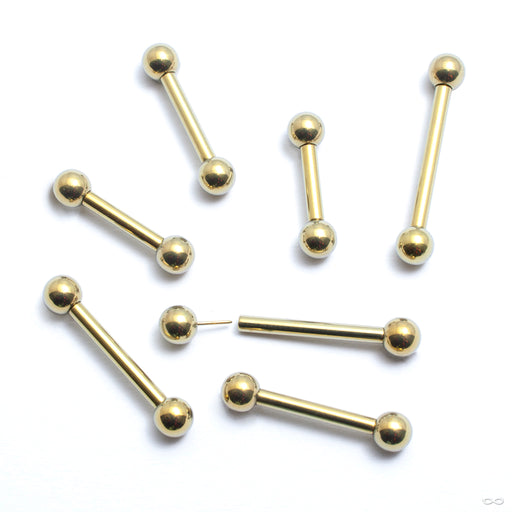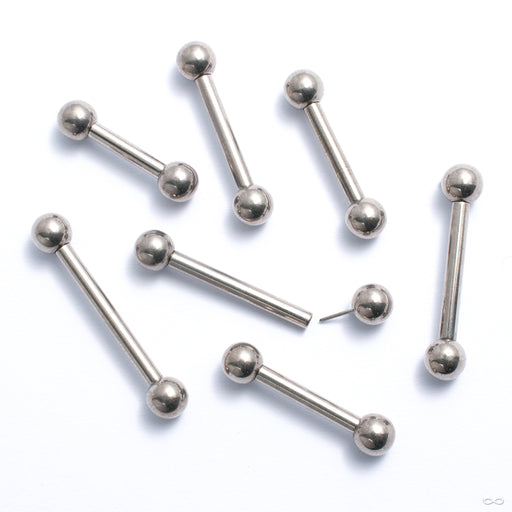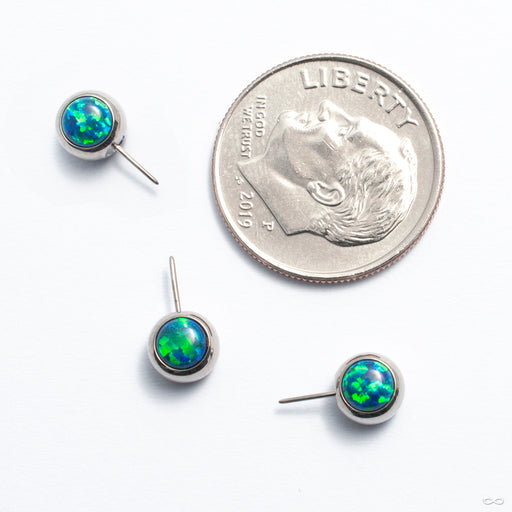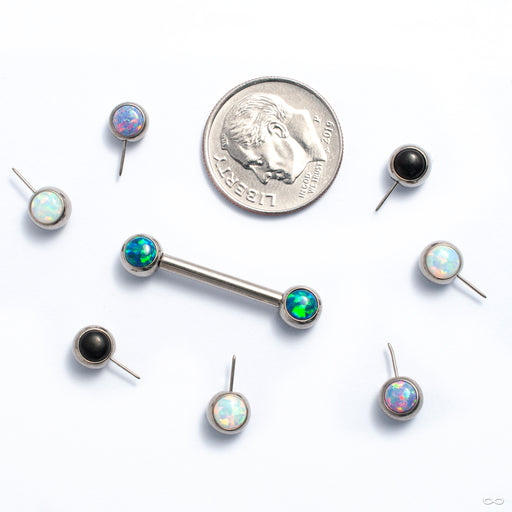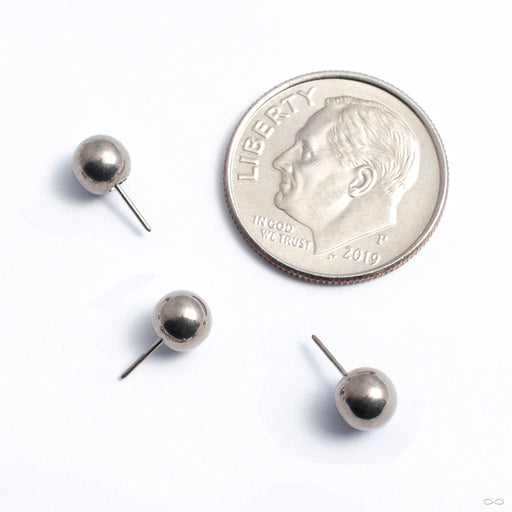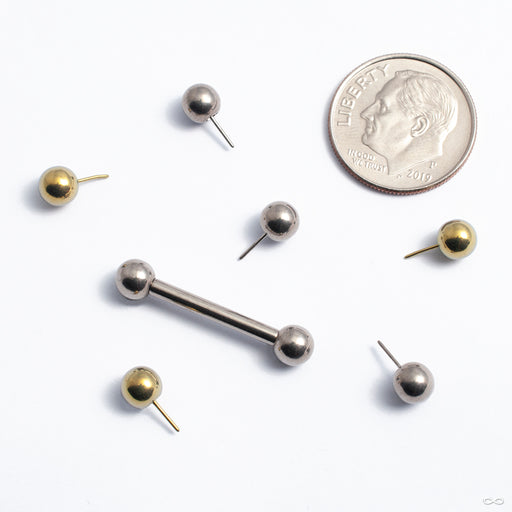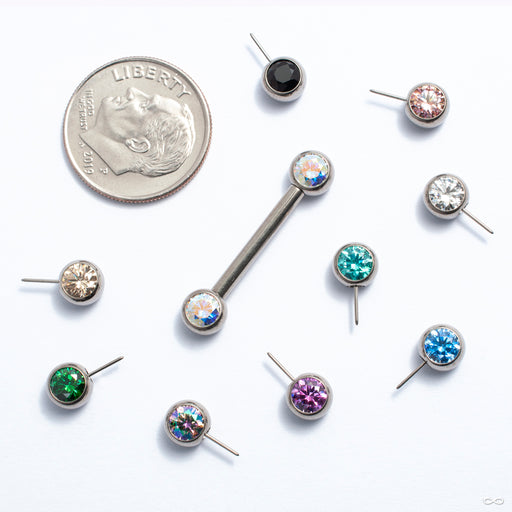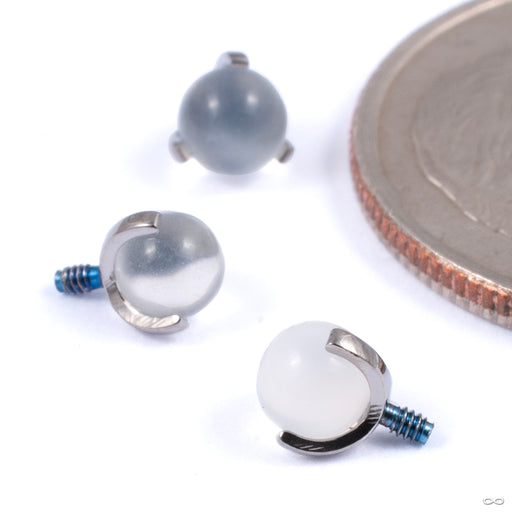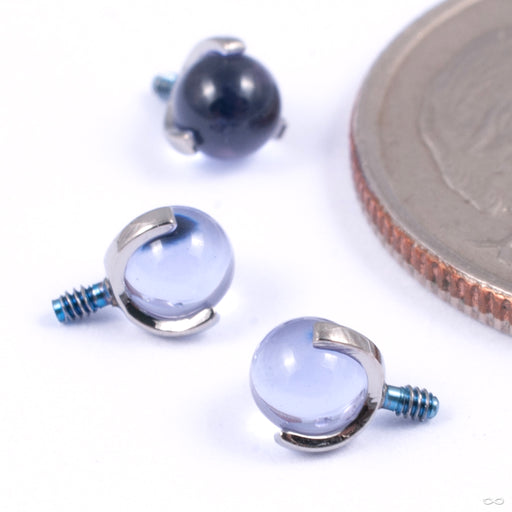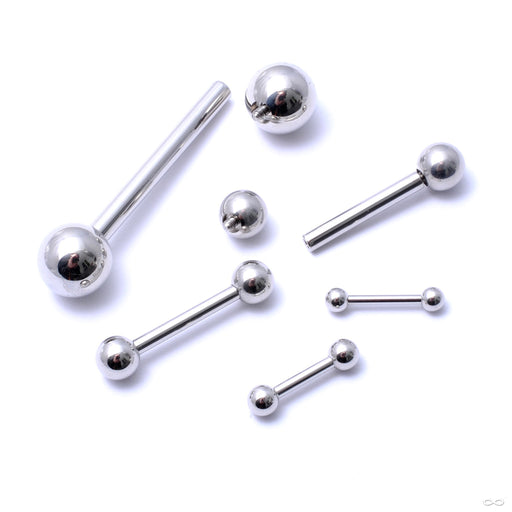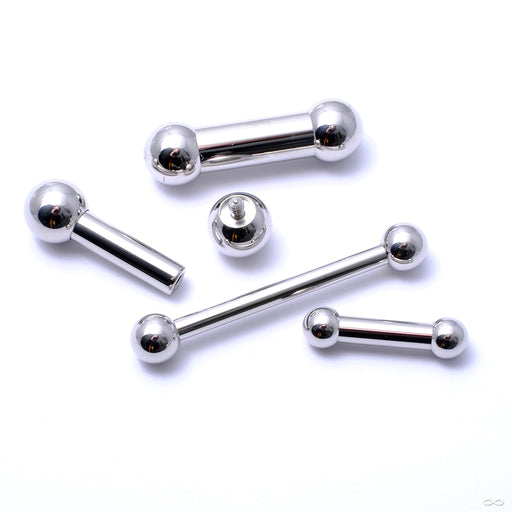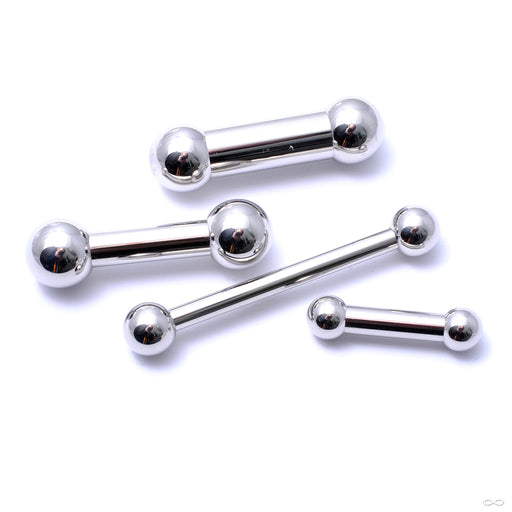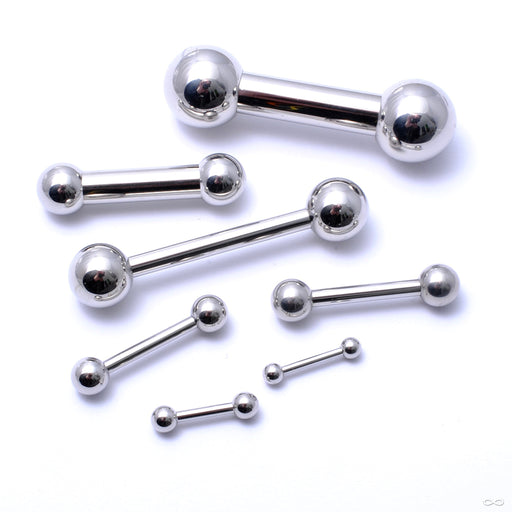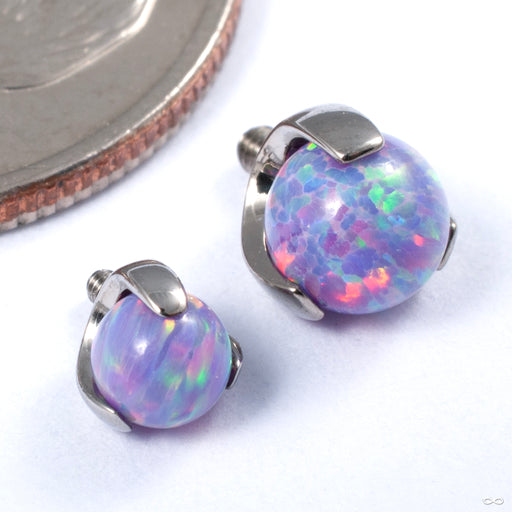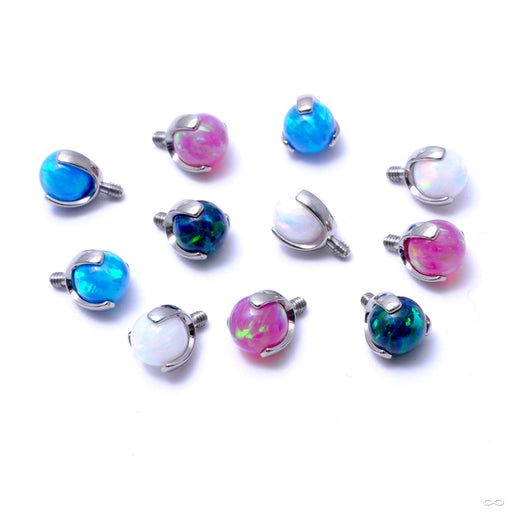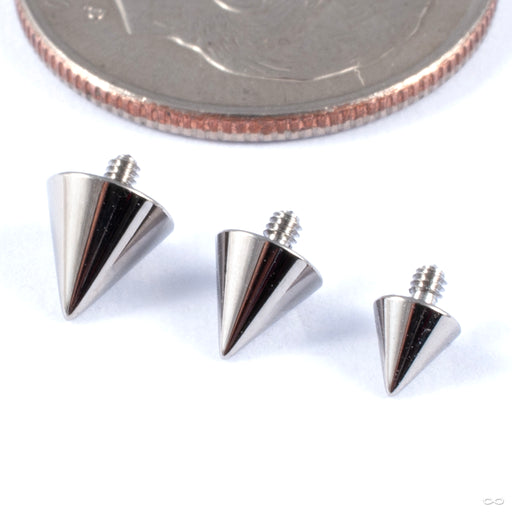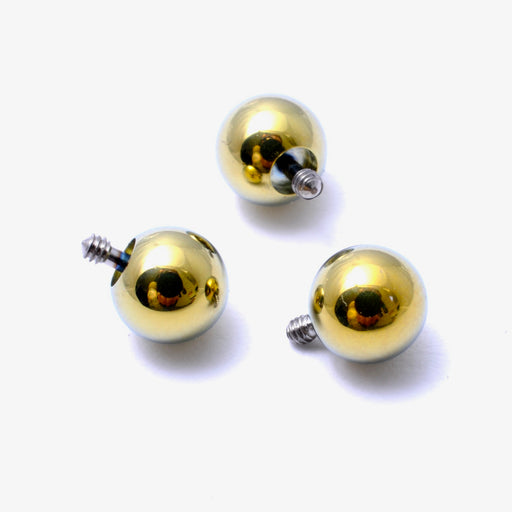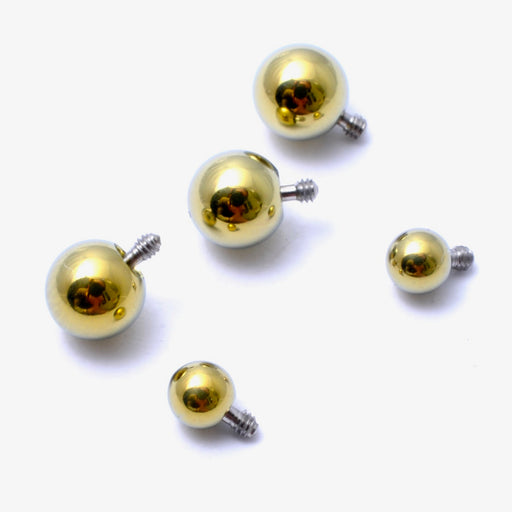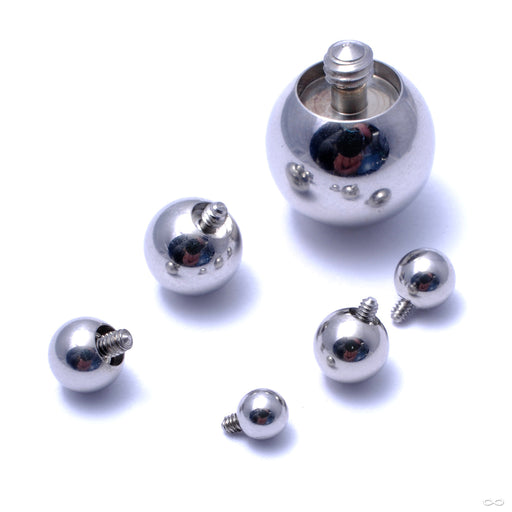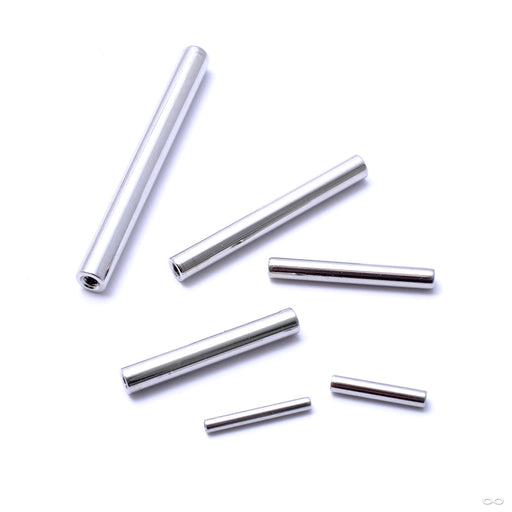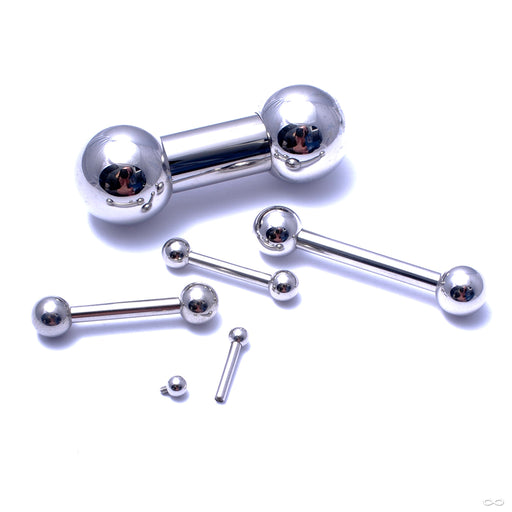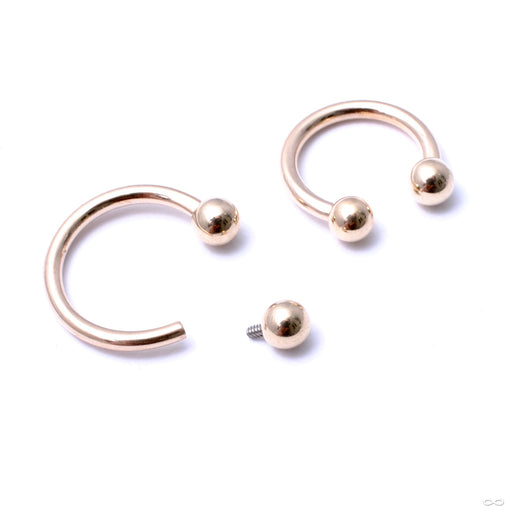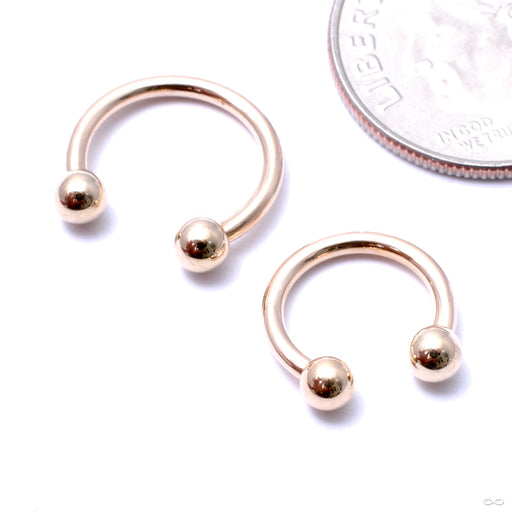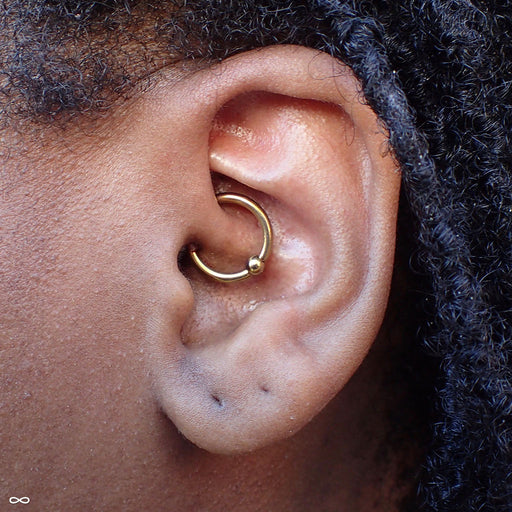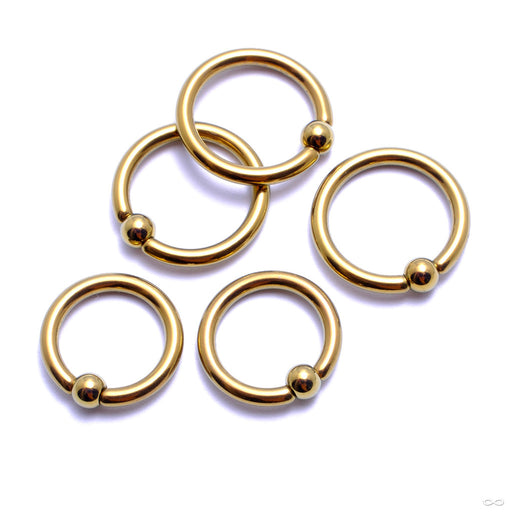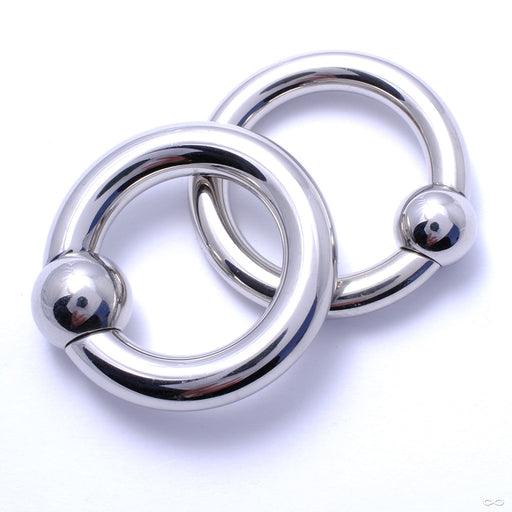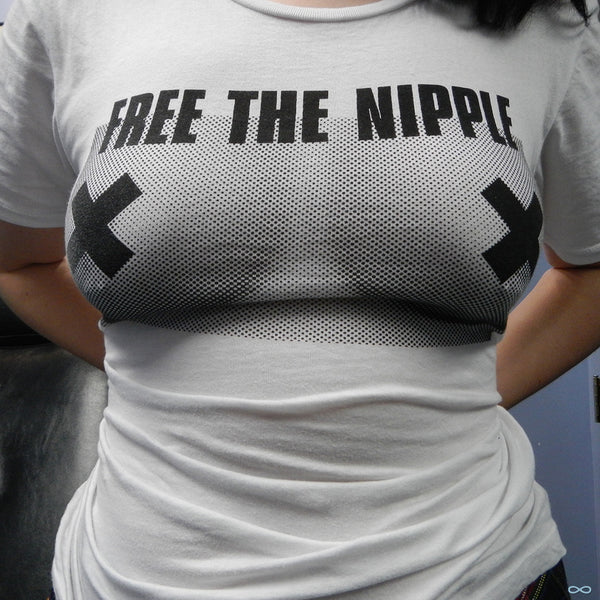
While it is sometimes noted that women of the Victorian Era indulged in this particular form of body modification, there is little credible evidence to support this. (More on this factoid here.) It’s more likely that nipple piercings are a modern invention. Popularized by men in the gay leather community in the 1970s, this piercing has gained popularity among all genders in the decades since. Despite what many people assume, nipple piercings do not tend to be especially painful, but they do take some time to heal and placement is crucial to ensure happy and healthy piercings.
The placement for nipple piercings is the same regardless of gender: the nipple should be pierced at its base, where the nipple meets the areola. If the piercing is done too deep, into the areola, healing times can be much longer (if the piercing heals at all) and often results in scarred and misshapen nipples. If the piercing is done too far forward, toward the tip of the nipple, there is a greater risk the piercing may migrate forward, sometimes resulting in the jewelry being removed and the piercing being abandoned. Placed properly, this piercing will usually give the wearer perky, slightly larger and much more sensitive nipples.
For women, the thinnest jewelry we use for initial piercings is 12 gauge. (10 gauge is also appropriate for larger nipples or for women interested in heavier play.) This is slightly thicker than jewelry for male nipple piercings, as women’s nipples are not only larger but are subject to more abuse from tight clothing, bras, etc. Rings can sometimes be worn after healing, but for initial piercings barbells are always recommended as they tend to be the most comfortable, least obtrusive, and most suitable for healing.
For men, the thinnest jewelry that should be considered is 14 gauge. Anything thinner has a higher risk of migration, tearing, or excessive scarring—especially jewelry that is subjected to any abuse. A 12 gauge (or thicker) piece of jewelry is suitable if the nipple is large enough, and this is sometimes recommended for the wearer who plans on heavier nipple play after healing. Though rings are sometimes worn in this piercing, barbells tend to be much easier for initial piercing and healing.
Men’s nipple piercings will usually heal in about four to six months; for women, nipple piercings can take anywhere from six months to one year to fully heal, as the piercing generally goes through more tissue. (Discharge is not uncommon for women anytime in the first twelve months, and is sometimes more common around their period—though both men and women may notice more discharge if they are stressed, getting sick, not getting enough sleep, etc.) As with other piercings, an aftercare regimen of salt water soaks works wonders to soothe sore nipples and speed healing. You will also want to avoid touching your piercings with dirty hands (and make sure your partner does the same) and, most importantly, make sure you avoid any oral contact on your new piercings until they are healed,a s this is the often fastest way to get them irritated and/or infected. As tempting—and tasty—as they look, leave them alone until they’re healed!
